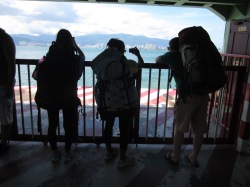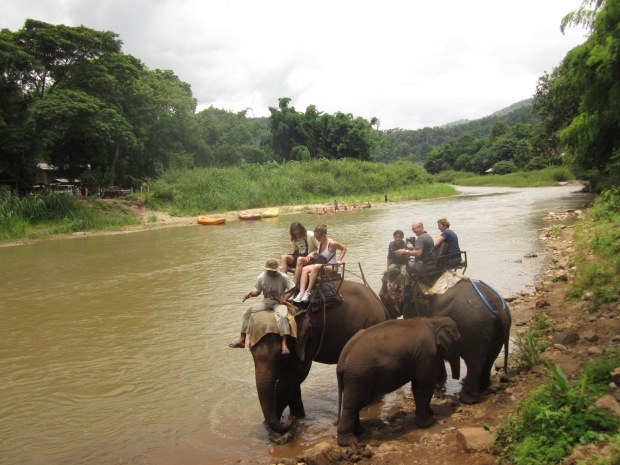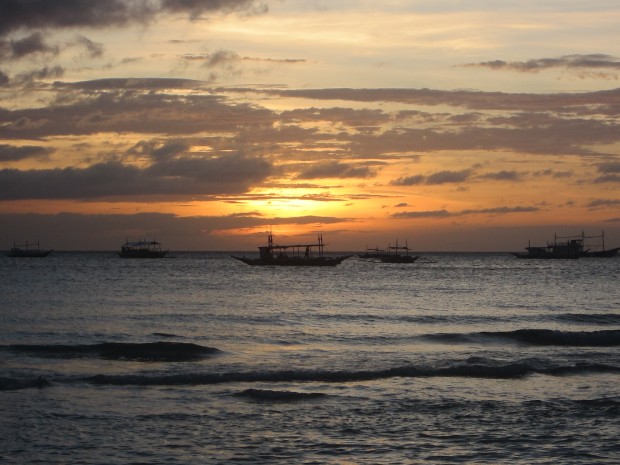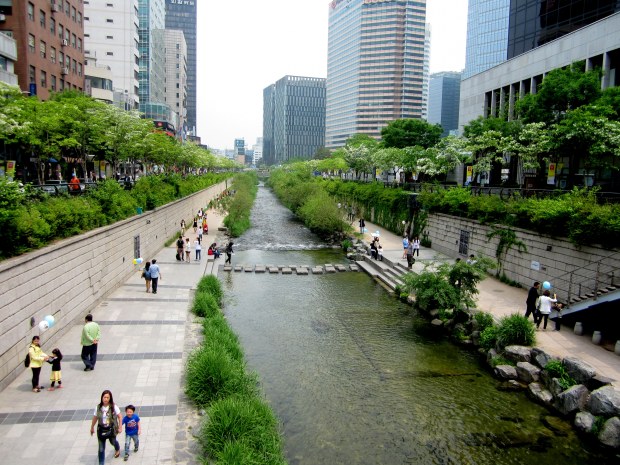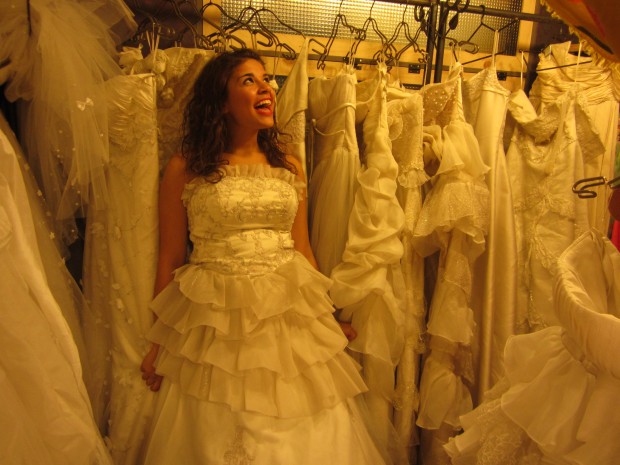There are a few things that define the psyche, lifestyle and persona of the under-30 crowd in 2013. Entry-level jobs, expertise in texting-based relationships, constant life-trajectory discussions and a hearty awareness of our high school and college acquaintances goings-on thanks to Facebook, just to name a few. We are recent college graduates, we are Girls sympathizers, and we are poor. We are willing to put up with degrading professional situations because of the depleted job market. We also put up with all sorts of crazies that OKCupid has determined to be our perfect match.
To summarize: Millennials are tech-savvy, great communicators, highly tolerant of unusual personalities, and broke. What’s an emerging young professional to do with this skill set? I don’t know about you, but I only see one option: Travel.
Now is the time, people! Quit kidding yourself; your job isn’t that great right now. If you left tomorrow, are you easily replaceable? If the answer is yes — and I’m willing to bet a collection of Lonely Planet guide books that it is — then it is time to take a break and travel before you start caring about things like spouses, dirty bathrooms or mixing different types of alcohol on a night out.
Here are 5 reasons reasons why everyone should travel before entering the black hole of life in the third decade.
1. Right now, you have a very high tolerance for dirtiness.
We humans become more tightly wound as we grow older. We become accustomed to routine, and eventually tend to treat creature comforts as necessities. We think that things like soft toilet paper and different types of cups for different types of drinks are essential to our happiness. But if you’re reading this and you are under 30, there’s still time!
Get your butt to a foreign country while you are still teetering on the edge of caring about things like clean sheets. At this point in life, it’s still okay to sleep in a bunk bed in a dirty hostel or an overnight sleeper bus. (I should add, however, that there is now so much competition amongst hostels today that most are immaculately clean, even friendly environments! Many don’t even allow guests over 40.) You’re more likely to deal with the lack of toilet paper in public restrooms in a composed manner before the age of 30. It’s a scientific fact.
2. You have more energy than you think.
So that thing called aging. It’s more than wrinkles and mortgages. Apparently old people get tired, really easily. If you think a work week is exhausting, try multiplying that by five years. Now 10 years. Now 20. I look into the eyes of the middle-aged and I see lives lived, weeks worked, and tired faces.
You may think that after a night out, a week of getting coffee and making copies, or house-sitting for your neighbor , you are P-O-O-P-E-D! (Honestly, what is the point of house-sitting? The purpose of this task has always eluded me.)
But trust me friends, you have more energy than you think. And you’ll realize it once you’ve spent a day walking amongst beautiful old temples in Cambodia, spending an afternoon snorkeling and boat riding off an island in Thailand, or hiking Machu Picchu for a week. You have the energy to sleep in a different city every night and walk for hours—street food and ancient ruins can be very distracting. You are basically still a teenager: Use that energy and put it to some good use.
You won’t remember nights out on the lower east side (and if you do, it probably wasn’t much fun anyway!) but you will remember the night you spent on a boat in Ha Long Bay, Vietnam.
3. It’s cheap.
If that doesn’t grab your attention, imagine that a hand has just reached out from your computer screen and slapped you in the face. Travel in developing nations in regions like Southeast Asia or South America is so inexpensive, you will be slapping yourself upon arrival for not doing it sooner!
True, flights will make a dent in your blossoming bank accounts, but once you arrive, expect to spend no more than $10-$20 per day and live like a millennial king! And that includes lodging. And about the flights, they might not actually be as bad as you think; discount airlines are quite fabulous. In places where street food is the most authentic/delicious option, bargaining at markets is the word, and things like beach-side rock climbing classes cost $10, you can get a serious bang for your rupee, peso or baht.
4. You’ll learn something.
We know you read the news. You’ve got the newsfeed article postings to prove it. Maybe you even listen to some great non-fiction books-on-iPod during your commute to work. We are all trying to find ways to enrich our minds and furnish our post-college intellects. But why not do it while getting a great tan, meeting loads of interesting people and eating the most delicious foods?
Perhaps I sound like a nerdy career services advisor or the first page of a Lonely Planet. But it’s time to stop wasting your money on Thai takeout, sushi dinners or Venezuelan midnight snacks and book a flight to your next intellectual journey. Remember learning about developing economies in Econ 101? Communism and its aftermath in Poli Sci 202? Bollywood in your Global Media class? If you walk through the streets of the places about which you spent hours memorizing facts or writing 20-page papers, everything will come together in a beautifully harmonious way, while some of the facts are still fresh in your mind.
5. Um, it’s fun?!
I think I’ve provided enough practical reasons for backpacking before you get too old to do it. Now all you need to do is convince a friend to join, or convince yourself that you are capable of going alone!
As I mentioned earlier, quit taking yourself so seriously. If you’re ever going to quit your job and get out of the country for a month or two, now is probably the only time you’ll be able to do so. In all likelihood, you don’t have children or the anchor of a spouse holding you back. There are zillions of people on Craigslist or AirBNB.com waiting to sublet your apartment, and I hear backpacks are on sale at REI. There are guidebooks to be borrowed, blogs to be stalked, travel apps to be downloaded and gross bunk beds awaiting your arrival.
Get your passport updated and get out of this country!
This story was originally published on PolicyMic.com. Click here to view the original piece.
